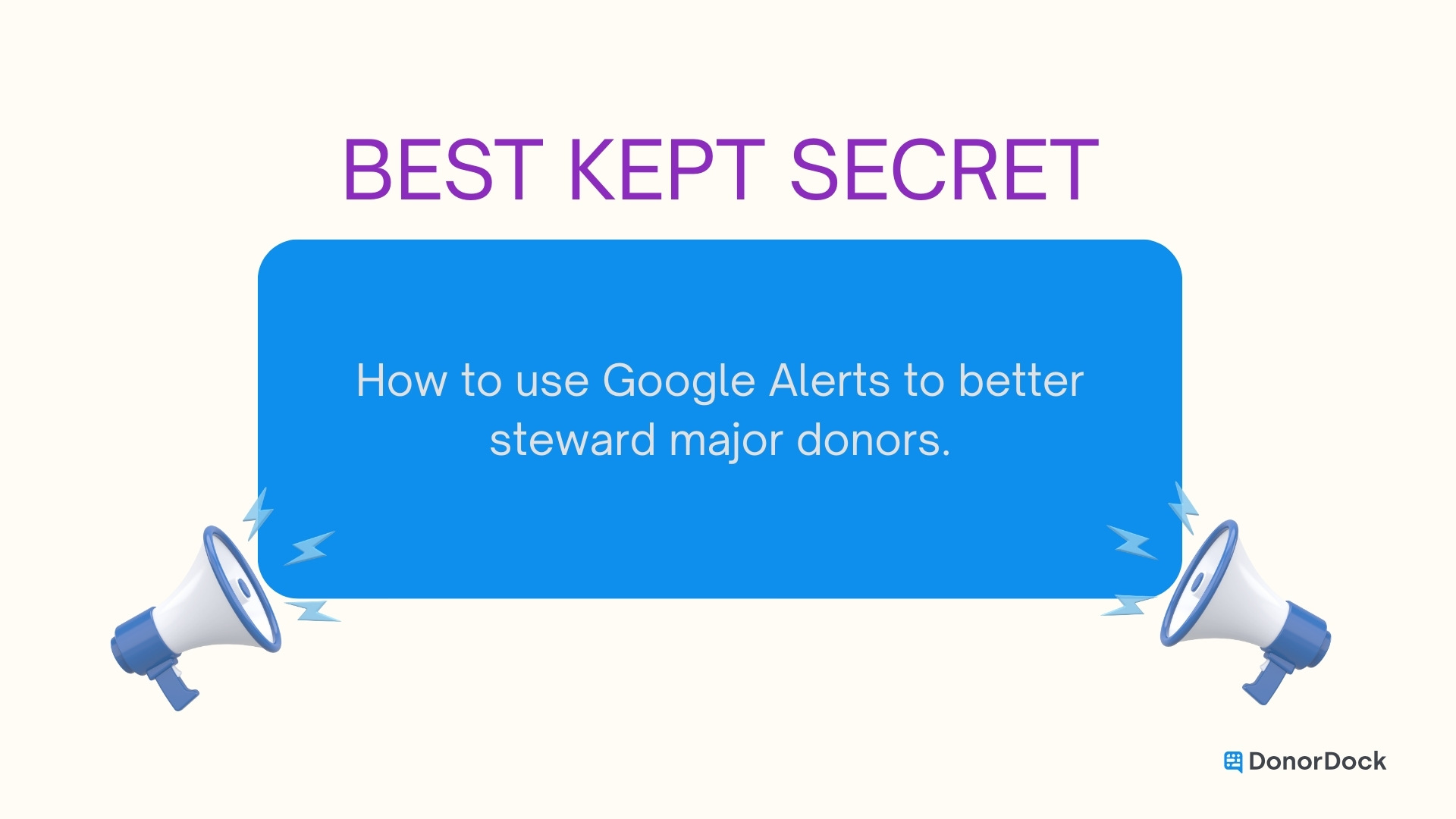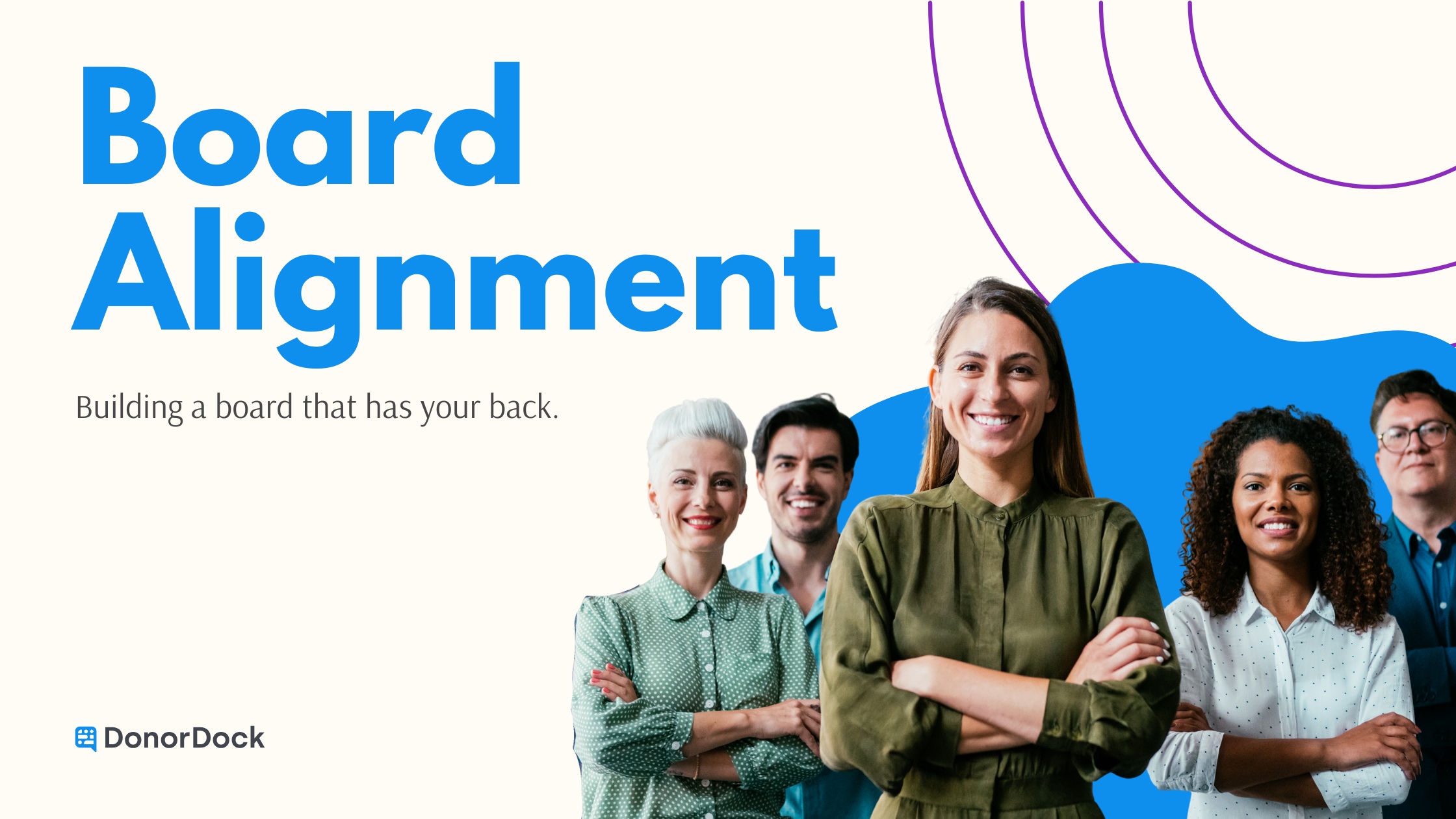Stepping into the executive director seat is thrilling, humbling, and occasionally overwhelming. One week you are writing grant reports and thanking donors. The next you are responsible for cash flow, board relationships, HR, and the leaky office sink. If that sounds familiar, breathe. This 12-month playbook gives you context to succeed and excel in the executive director role. We will move quarter by quarter, building light systems that keep you donor-focused and confident while you learn the job.
“More focus, less frenzy.”
That is our mantra for small-shop EDs who still carry a fundraising portfolio.
First 90 days – see the whole board and set a healthy rhythm
Your first quarter is about learning how the organization actually runs, aligning with your board chair, and creating a weekly cadence that protects time for relationships and revenue.
Start with the money. Review cash on hand, restrictions on funds, payroll and benefits, and any grant deliverables that could affect cash timing. Then sketch a 13-week cash forecast so you can spot squeezes early. You do not need a complicated dashboard. A one-pager that shows cash, receivables, payables, and the next big payments due will help you sleep and communicate clearly with your board.
Speaking of boards, clarify the lanes right away. Boards hold fiduciary responsibilities and ensure adequate resources; you lead strategy execution and operations. A quick governance refresher with your chair or executive committee sets expectations and avoids future friction. The National Council of Nonprofits offers a plain-language overview you can share to ground the conversation in best practice. (National Council of Nonprofits)
Next, co-create your year-one goals with the board chair. Keep it to three to five organizational goals plus two or three personal leadership goals, written in a SMART format so success is visible. BoardSource’s guidance on setting and aligning CEO goals is a helpful reference and a signal that you want a professional, accountable partnership. (BoardSource)
Finally, design a weekly cadence that eases your mental load. We recommend three donor-first hours each weekday. Those hours anchor your calendar and keep stewardship, proposals, and visits moving even when everything else competes for attention. If you want a simple structure to follow, try our 15-Hour Focus Framework and pair it with 5 Weekly Rituals Every Small Nonprofit Fundraiser Needs so your team has a shared rhythm.
Pro tip: Put your donor-first blocks on the shared calendar. When the board can see your focus, they help you defend it.
Months 4–6 – build small systems that multiply you
Once you have the big picture and a steady cadence, it is time to install light systems that keep stewardship consistent even on your busiest days.
Start with moves management. Map a basic donor journey that fits your context: welcome, thank, update, invite. Identify roughly twenty priority relationships and define the next meaningful touch for each. Your CRM should make this easy. DonorDock’s Smart Nudges act like a friendly assistant that surfaces birthdays, lapsing donors, and contacts who need attention so you never lose the thread.
Share a one-page monthly board brief that covers cash status, revenue pace versus goal, pipeline highlights, key risks, and a single request of the board. A short, consistent format builds trust and reduces surprises. It also reinforces the lanes you clarified in Q1, because the board sees its role in resourcing and oversight, not day-to-day management.
Then pick a short list of revenue and stewardship plays you can actually execute. Small teams do better with fewer, repeatable activities than an overflowing wish list. Our Zero-Based Plan for Small Teams shows how to choose five to eight proven plays, put them on the calendar, and stick with them through the year so you get compounding results.
Small teams do better with fewer, repeatable activities than an overflowing wish list.
Finally, protect your people, including you. Burnout is not a buzzword; it is a persistent concern across the sector. CEP’s 2024 State of Nonprofits report highlights leaders’ continued worry about staff well-being and capacity. Use that data to justify shared quiet hours, “no meeting” blocks, and taking personal days that you model. Small policy nudges make a big cultural difference. (The Center for Effective Philanthropy)
Months 7–9 – strengthen the back office and refresh fundraising with data
Midyear is the perfect time to close gaps in HR and finance and to sharpen your plan based on what you have learned so far.
Document three critical processes: gift entry and receipting, grant compliance tracking, and monthly close. Clear steps reduce errors and make cross-training easier.
If you are feeling short-staffed, you are in good company. The National Council of Nonprofits’ 2023 workforce survey found widespread vacancies and ripple effects on services. Share a short summary with your board to support realistic goals and timelines while you recruit. (National Council of Nonprofits)
Now refresh your fundraising plan. Look at nine-month donor retention, average gift size, and the number of meaningful touches per priority donor. Double down on the channels and stories that moved people. Press pause on the things that have drained energy without returns. If you want a ready-made scaffold, see our 5–8 Fundraising Plays That Actually Work and pair it with the Focus Framework you set in Q1.
Do not lead alone. Join or form an ED peer circle so you have a confidential space to test ideas and stay grounded. Programs like the Nonprofit Leadership Center’s CEO Circles offer facilitated monthly groups that focus on the real questions keeping leaders up at night. If there is not a local option, borrow their model and gather three to five peer EDs for a regular, structured check-in.
“But I am only managing one other person. Do I really need this?”
Yes. Even a tiny team deserves clarity and support. Your future self will thank you.
Months 10–12 – evaluate, celebrate, and set up year two
Close your first year with a light evaluation and a collaborative plan for the year ahead.
Begin with a chair conversation that revisits the goals you co-wrote in Q1. Document wins, lessons, and carry-forwards. Draft next-year goals using the same SMART structure and bring them for board approval. BoardSource’s resources on goal setting and chief executive assessment can guide both the content and the process so it feels fair and professional. (BoardSource)
Wrap up onboarding intentionally. The Hawaiʻi Community Foundation’s practical ED Onboarding Guide and Template includes a simple development plan grid you can adapt for your year-two growth. Use it to name one or two skills you want to strengthen, the support you need, and when you will check progress with your chair.
End the year by celebrating donors. Send a short impact update and personal thanks to your top households. Invite a small group to visit or grab coffee in January so you begin year two with momentum. If you want help remembering key moments, turn on Smart Nudges so birthdays, lapsing donors, and follow-ups never slip through the cracks.
Your one-page checklist to keep handy
- Q1: 13-week cash forecast, lanes with the board, 3–5 approved goals, and a weekly cadence anchored by the 15-Hour Focus Framework.
- Q2: Simple moves management, a monthly board brief, a calendar of five to eight proven plays, and quiet hours to fight burnout.
- Q3: Document key SOPs, refresh your plan with real data, and join a CEO circle.
- Q4: Review goals with the chair, adopt year-two goals using BoardSource guidance, and set January donor visits with help from Smart Nudges.
Why this works for small and growing teams
Small shops thrive when the plan is short and the habits are strong. You do not need twelve new initiatives. You need a shared calendar, a bias toward donor conversations, and a handful of repeatable plays you can execute well. That is why we talk about the ruthless elimination of more. When you cut through the noise, your attention shifts to what actually drives revenue and relationships. Pair that focus with gentle automation that prompts the next best action, and you create breathing room to lead with confidence.
If you want a simple tool to operationalize all of this, download our free Fundraiser’s Weekly Planner and use it to set goals, track weekly actions, and keep your top relationships in view. Then let your CRM surface daily outreach suggestions so consistency becomes the norm.
Ready to ease your mental load and focus on what matters most?
Schedule a demo to see how DonorDock helps small teams steward donors with more focus and less frenzy. Start building meaningful donor relationships today.












